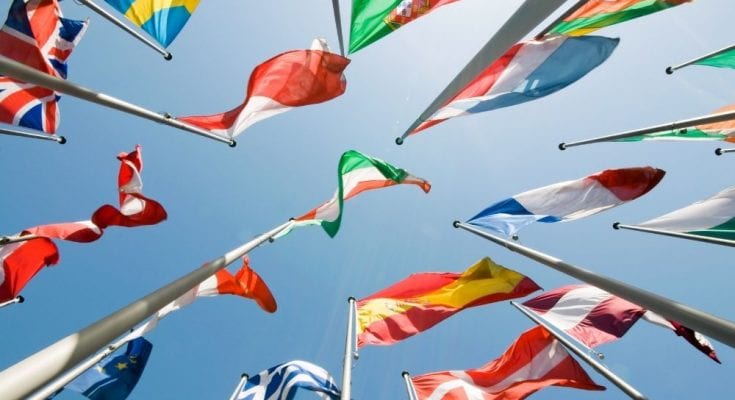A flag is important to a country’s culture. It’s a physical representation of values and history. Every color and shape holds a different meaning, and each country’s flag reflects this difference. There are many reasons all countries have flags, including ones that come from their historical backgrounds. Due to the meaning behind flags, people treat them with respect.
Historical Contexts
Historically, countries used flags during wartime to distinguish between allies and enemies, and as time has passed, this role has continued to be prominent. Often, young nations work on drafting their flags as they begin fighting for their independence because this allows them to stand out.
National Symbols
A flag is a country’s national symbol. It’s how it shows other countries its identity through careful symbolism. For instance, the red circle on the Japanese flag symbolizes the sun. Moreover, each country has carefully chosen what colors go on its flag to associate them with specific meanings. Many symbols that are common on flags hold universal meanings. The following are some examples:
- Stars symbolize energy
- The sun symbolizes unity
- The moon symbolizes divinity
Since various countries have unique mixes of principles and histories, their flag designs also differ overall, though. Often, a flag is important to a country’s culture. Many individuals in the U.S. consider the American Flag a part of the culture because of its storied past.
Unity Amongst Citizens
Another reason all countries have flags is that flags communicate unity amongst the citizens as all people feel connected under the same symbol. Historically, people have treated flags as symbols of unity that they’ve used to bring citizens together during difficult times, such as rebellions.
Moreover, many fly their country’s flag high during national tragedies because it reminds everyone to support one another. A country flying its flag half-mast tells its citizens and the world that it’s in a state of mourning.
FAQ
Where did flags come from?
Historically, countries used flags during wartime to distinguish between allies and enemies, and as time has passed, this role has continued to be prominent. Often, young nations work on drafting their flags as they begin fighting for their independence because this allows them to stand out.
Additional Resources:
Peru
Bolivia
Mexico
Russia
China
Canada
Scotland
Japan


